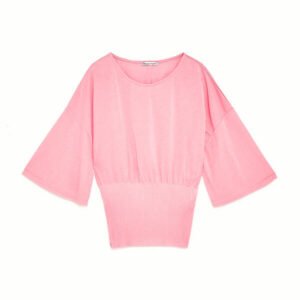
Breaking Down Hair Restoration Surgery Cost Factors
Hair loss can feel like a significant hurdle, impacting your confidence and how you see yourself. Thankfully, modern hair restoration techniques have revolutionized the journey to regaining fuller hair. But what about the cost? Understanding the hair restoration surgery cost is essential for anyone considering this transformative procedure. Whether you’re just starting your research or already leaning toward a specific clinic like Beverly Hills Hair Restoration, we’re here to break down all the factors contributing to the price tag.
Understanding the Hair Restoration Surgery Cost
The hair restoration surgery cost can vary significantly based on several factors. These include the type of procedure, the surgeon’s expertise, clinic location, and the number of grafts needed. Considering these variables when planning your treatment is essential, as they all contribute to the overall price. Investing in quality care ensures optimal results for your hair restoration journey.
The Type of Procedure: What’s Right for You?
The hair restoration procedure that suits your needs is the first thing to consider. Two of the most common surgical techniques are:
- Follicular Unit Transplantation (FUT): Removes a scalp strip to extract hair follicles. It’s generally more affordable because it requires less time but may leave a linear scar.
- Follicular Unit Extraction (FUE): Extracts individual hair follicles directly from the scalp, offering a more natural look and minimal scarring. However, FUE is often pricier due to the precision and time required.
Clinic Location: How Geography Affects Prices
Where the clinic is located plays a huge role in determining costs. In bustling cities like Los Angeles, where demand for premium services is high, prices can be steeper. Clinics like Beverly Hills Hair Restoration in such areas may charge higher fees, but they offer top-tier expertise and state-of-the-art facilities. Clinics in rural areas or smaller towns offer lower rates but may sometimes provide a different level of care or technology.
Surgeon Expertise: Experience Is Worth the Price
When it comes to hair restoration, the experience and skill of the surgeon matter immensely. Board-certified surgeons with years of expertise may charge more but often deliver exceptional results with fewer risks. Think of it this way: would you entrust a vital procedure to someone with minimal experience to save a few bucks? Investing in a seasoned professional ensures you get the most value from your hair restoration surgery cost.
Number of Grafts: Size of the Procedure
The number of grafts required is one of the most significant factors in determining cost. A graft is a cluster of hair follicles transplanted to the target area. The more extensive your hair loss, the more grafts you’ll need, which drives up the cost.
Clinic Reputation and Technology
The price can also be affected by the clinic’s reputation and the technology it uses. Clinics known for innovative techniques and cutting-edge equipment may charge a premium, but the investment often results in better outcomes.
Consider factors like:
- Whether the clinic uses robotic-assisted FUE.
- The cleanliness and comfort of the facility.
- Personalized care and post-surgery support.
Pre-Surgery Consultations and Assessments
Before your procedure, you’ll likely need consultations and diagnostic tests, such as scalp assessments and blood work. These pre-surgery steps ensure the treatment plan is tailored to your needs but can add to the hair restoration surgery cost. Some clinics include these services in the overall cost, while others charge separately. Clarifying what’s covered during your consultation is essential.
Post-Surgery Care and Maintenance
Your expenses don’t stop at the operating room. After your surgery, you may need:
- Medications to prevent infections and promote healing.
- Follow-up appointments to monitor your progress.
- Specialized shampoos or treatments to maintain your new hair.
Other Hidden Costs to Watch For
Some additional expenses you might not initially consider include:
- Anaesthesia Fees: Depending on the procedure, local or general anaesthesia may be required.
- Staff Charges: The expertise of medical assistants or technicians also comes into play.
- Travel Expenses: Consider accommodations and transportation if you’re travelling for surgery.
Financing Options: Making Surgery Affordable
Worried about affording the procedure? Many clinics offer flexible payment plans or financing options to make hair restoration more accessible. While most insurance companies don’t cover hair restoration since it’s a cosmetic procedure, payment plans can spread the cost over time, easing the financial burden. Be sure to ask your clinic about available options, as this can make a significant difference in managing your expenses.
Conclusion
Understanding the hair restoration surgery cost is more than just crunching numbers—it’s about investing in yourself. Considering all the above factors, you can make an informed decision that aligns with your needs and budget. Ready to take the first step toward fuller hair? Dive into your research, ask the right questions, and confidently embrace this life-changing journey!












